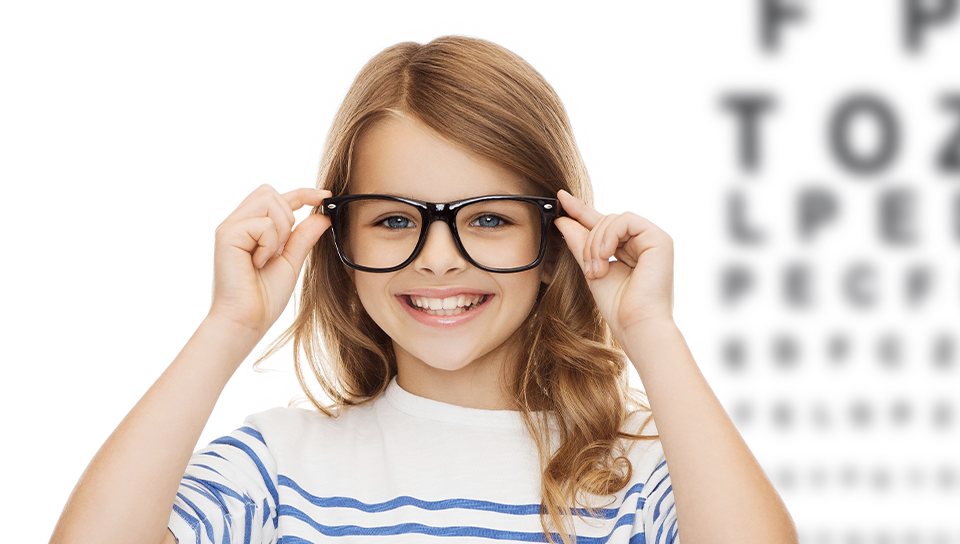
Did you know that your child’s visual skills (or lack thereof) can make it difficult to learn in the classroom?
Does your child have trouble staying on task in the classroom? Is their handwriting sloppy? These may be signs of overlooked vision problems. The good news is vision therapy can help in big ways!
Read on as a Washington, DC optometrist talks about overlooked vision problems, how they can hamper your child’s academic success, and how vision therapy can help.
Overlooked Vision Problems in Children
There are a lot of things that children need to succeed in the classroom, and we tend to focus on the obvious ones like reading and writing. But there are other overlooked visual skills—like eye teaming, focusing, and eye tracking—that children need in order to be successful learners.
What are these skills? Well, let’s take a look:
- Eye teaming is the ability to use both eyes together as a team.
- Focusing is when your eyes stay on one object while it moves around or changes position (like when you’re reading).
- Eye tracking is how well your eyes move smoothly across an image or text from left to right or top-to-bottom without skipping over any words or letters (or look at how your eyes jump around when you read).
Signs Your Child May Need Vision Therapy
- Trouble with spelling, reading comprehension, math, or memorizing anything
- Easily distracted by movement or things happening around them (like someone else reading aloud)
- Headaches or other pain in their eyes after reading or doing homework for long periods of time
- Difficulty reading in dim light
- Frequent headaches or migraines
- Poor grades in school, especially if they are having trouble reading and writing
- Difficulty with handwriting
- Trouble keeping up with other students in school, especially when it comes to reading, math, and spelling
How Vision Therapy Can Help
Vision therapy is not only a great way to identify overlooked visual problems, but it’s designed to correct them, as well.
It’s a form of therapy that uses exercises and activities to help improve your child’s vision. These exercises may include:
- Eye muscle exercises
- Reading exercises
- Computer games that help train the eyes
- Drawing and copying activities (to improve hand-eye coordination)
- Homework assignments to practice at home
- Activities that help improve eye tracking
- Activities that improve eye coordination and hand-eye coordination
- Activities that help strengthen the brain’s ability to process visual information
- Activities that encourage your child to use both eyes together
- Games designed to improve depth perception and visual motor skills
If you have more questions or wish to schedule a consultation, please don’t hesitate to call your Washington, DC optometrist today!









